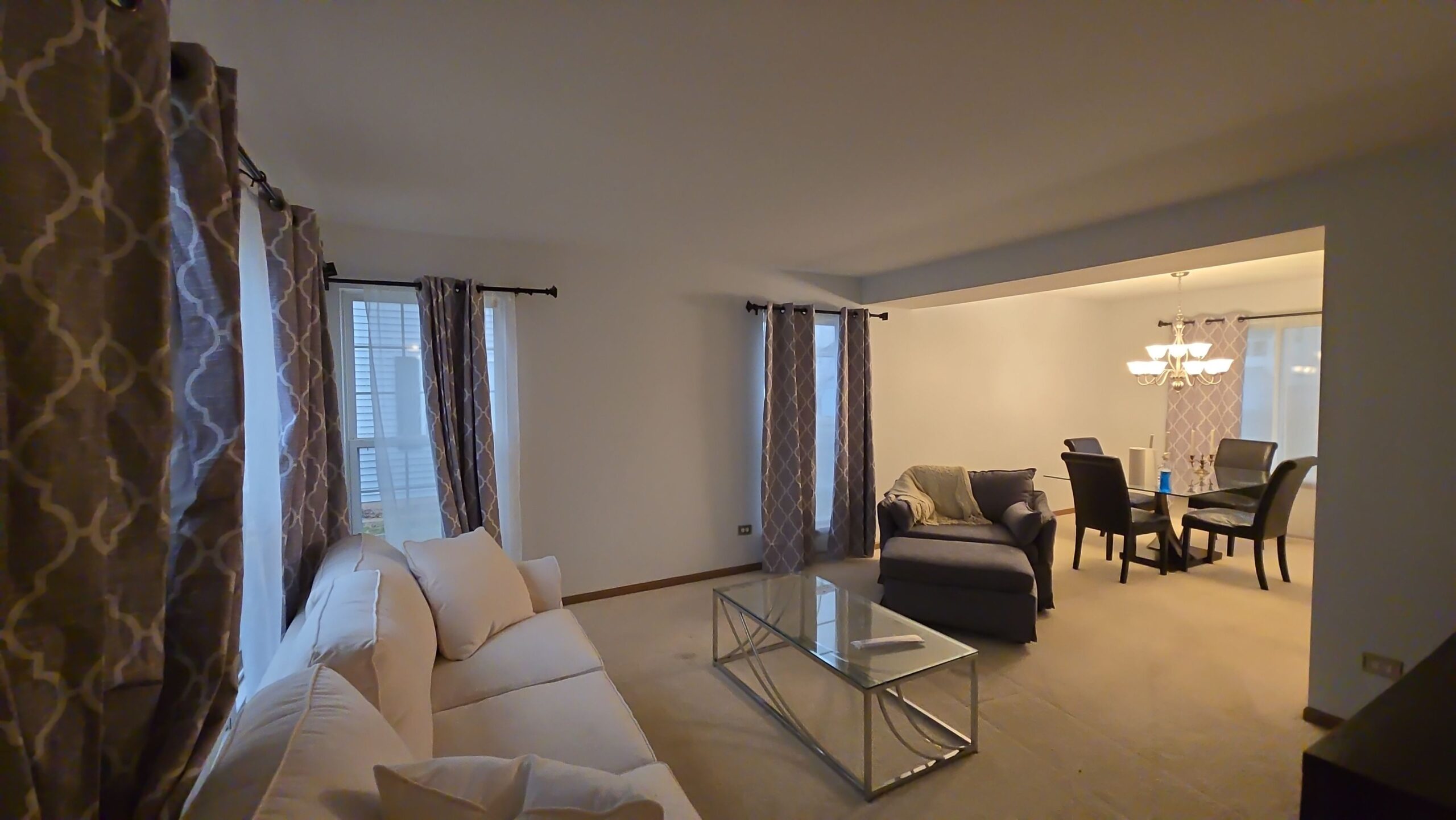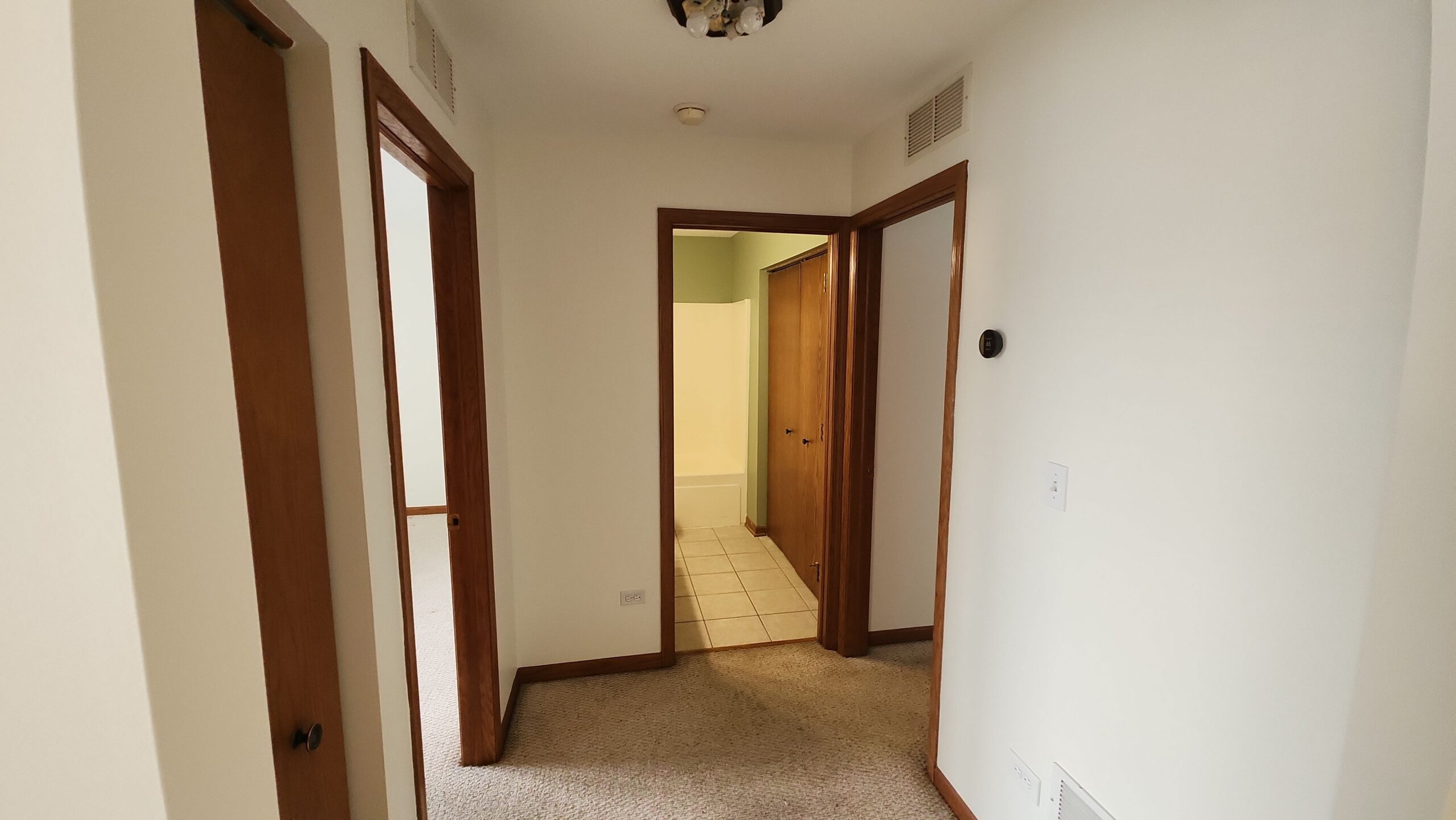In today’s world, homeowners are more conscious than ever about the air they breathe inside their homes. Traditional paints release harmful chemicals called volatile organic compounds (VOCs), which contribute to indoor air pollution, causing respiratory issues, headaches, and even long-term health risks.
Low-VOC paints offer a safer alternative, reducing chemical emissions without sacrificing durability or color quality. However, not all low-VOC paints are created equal. Some still contain trace amounts of harmful chemicals, while others are completely non-toxic.
This guide will compare the best low-VOC paint brands, covering their benefits, drawbacks, price points, and availability. By the end, you’ll know which low-VOC paint brands are worth your investment for a safer, healthier home.
Understanding Low-VOC Paints

What Are VOCs and Why Should You Care?
VOCs (Volatile Organic Compounds) are chemicals that evaporate into the air from paint and other household products. These compounds contribute to:
-
Poor indoor air quality
-
Short-term health issues like headaches, dizziness, and nausea
-
Long-term risks such as respiratory diseases and organ damage
Indoor VOC levels can be 2-5 times higher than outdoor air, affecting vulnerable family members, especially children, seniors, and those with allergies or asthma.
What Makes a Paint Low-VOC?
The Environmental Protection Agency (EPA) defines low-VOC paints as having:
-
50 g/L (grams per liter) or fewer VOCs for flat finishes
-
150 g/L or fewer for non-flat finishes
But numbers don’t tell the full story. To ensure a truly safe product, look for third-party certifications like:
- GREENGUARD Gold Certified – Ensures low emissions, safe for sensitive individuals
- Green Seal Certified – Guarantees safer ingredients and sustainable production
- LEED-Compliant – Recognized by the U.S. Green Building Council for eco-friendly building materials
The Benefits of Using Low-VOC Paints
Low-VOC paints improve indoor air quality by reducing harmful emissions. Traditional paints release volatile organic compounds that can cause headaches, dizziness, and respiratory issues. Low-VOC options minimize these risks, making them safer for families, especially children and seniors.
They also produce little to no odor, making painting more comfortable. Unlike conventional paints that leave strong chemical fumes, low-VOC formulas allow for faster re-entry into freshly painted spaces.
Environmentally, low-VOC paints reduce air pollution and have a lower impact on the ozone layer. Many brands use biodegradable ingredients and eco-friendly production methods.
Performance-wise, low-VOC paints offer durability, excellent coverage, and a wide range of colors, making them a reliable alternative to traditional paints.
Top Low-VOC Paint Brands – Comparison Guide
Not all low-VOC paints perform the same. Below is a detailed comparison of the best brands, highlighting their pros, cons, and ideal uses.
| Brand & Product | Key Benefits | Drawbacks | Price Range | Where to Buy |
|---|---|---|---|---|
| Benjamin Moore Natura | – Zero VOCs, certified asthma & allergy-friendly – Virtually odorless with quick drying – High-performance, durable finish |
– More expensive than traditional paints – Limited availability |
$$$$ (Premium) | Benjamin Moore retailers, online |
| Sherwin-Williams Harmony | – Zero VOCs, formaldehyde-reducing technology – Mold & mildew-resistant, ideal for humid climates – Odor-eliminating formula |
– Slightly less durable than high-VOC alternatives – Higher price point |
$$$ (Mid-to-Premium) | Sherwin-Williams stores |
| Behr Premium Plus (Low-VOC) | – Affordable & widely available – Low odor with a durable, scrubbable finish – Excellent coverage, reducing coats needed |
– Not zero-VOC, though much lower than traditional paints – May require a primer |
$$ (Budget-Friendly) | Home Depot |
| ECOS Paints | – 100% non-toxic & zero-VOC – Customizable color-matching service – Free from heavy metals & harsh chemicals |
– Higher cost than most mainstream brands – Longer drying time |
$$$$ (Premium) | Online only |
| Clare Paint | – Zero VOCs, GREENGUARD Gold Certified – Direct-to-consumer, easy online ordering – Trendy, curated colors |
– Not available in physical stores – Limited color selection compared to big brands |
$$$ (Mid-to-Premium) | Online only |
| Farrow & Ball (Eco-Friendly) | – Luxury, designer-quality finish – Low-VOC formula with natural ingredients – Rich, deep colors with unique pigment depth |
– Very expensive, not budget-friendly – May require multiple coats |
$$$$$ (Luxury) | High-end paint retailers, online |
| Valspar Simplicity | – Affordable low-VOC option – Stain-resistant & scrubbable finish – Odor-blocking technology for fresher rooms |
– Slightly lower durability than premium brands – May require multiple coats |
$$ (Budget-Friendly) | Lowe’s |
Factors to Consider When Choosing a Low-VOC Paint

How to Pick the Right Brand for Your Needs
-
Budget – Premium brands like Farrow & Ball and ECOS are great, but Behr and Valspar offer affordable alternatives.
-
Coverage & Durability – Sherwin-Williams Harmony and Benjamin Moore Natura provide excellent performance.
-
Availability – Some brands are online-only, while others are in major stores like Home Depot and Lowe’s.
What to Look for on Paint Labels
-
Check for third-party certifications (GREENGUARD, Green Seal, LEED).
-
Beware of “greenwashing” – some brands market as “eco-friendly” but still contain hidden chemicals.
-
Consider tinted paints, as added pigments may increase VOC levels.
Tips for a Safe, Low-VOC Painting Experience

Best Practices for Indoor Painting
Ventilation is key when using low-VOC paint. Always open windows and use fans to keep fresh air moving. This helps reduce any lingering fumes and speeds up drying time. Even though low-VOC paints emit fewer harmful chemicals, some people may still be sensitive to the smell. If that’s the case, wearing a mask can provide extra protection.
Timing also matters. Choose a dry day with moderate temperatures for the best results. High humidity can slow down drying, while excessive heat can cause the paint to set too quickly, leading to an uneven finish. A little planning goes a long way in ensuring a smooth, professional-looking result.
How to Speed Up VOC Off-Gassing
Even low-VOC paints need time to release any remaining chemicals. To speed up off-gassing, use an air purifier with a carbon filter. It helps trap airborne particles and improves indoor air quality.
Fresh air is the best way to clear out fumes. Keep windows open for at least 48 hours after painting. If possible, create cross-ventilation by opening multiple windows or using fans to push air outside.
For extra odor control, try natural deodorizers. Bowls of activated charcoal or baking soda placed around the room can help absorb residual chemicals. It’s a simple, effective way to ensure a fresher, cleaner space after painting.
When to Hire a Professional Painter
Choosing the right low-VOC paint can be overwhelming. With so many brands offering different features, it’s easy to feel unsure about which one is best for your home. A professional painter can assess your space, recommend the ideal low-VOC option, and ensure a flawless finish.
Preparation is another challenge. Proper surface cleaning, patching, and priming are essential for smooth, even coverage. Skipping these steps can lead to peeling, streaking, or uneven color. A professional handles all the prep work, saving you time and effort.
Durability matters. While low-VOC paints are designed to be safer, they still require expert application for the best results. Professionals use high-quality tools and techniques to enhance longevity, ensuring your walls look great for years.
For a hassle-free experience and expert results, contact us for a free estimate today.
Choosing the Best Low-VOC Paint Brand for Your Home
Low-VOC paints offer health, environmental, and odor-control benefits, making them an excellent choice for homeowners. Brands like Benjamin Moore, Sherwin-Williams, and Behr provide high-quality low-VOC options at different price points.
When choosing the best option for your home, consider durability, coverage, and certifications to ensure you’re making a safe investment.
And if you want a flawless finish without the hassle, hiring a professional painter can make the process seamless and stress-free.
With the right paint, you can create a beautiful, healthy home for years to come.









